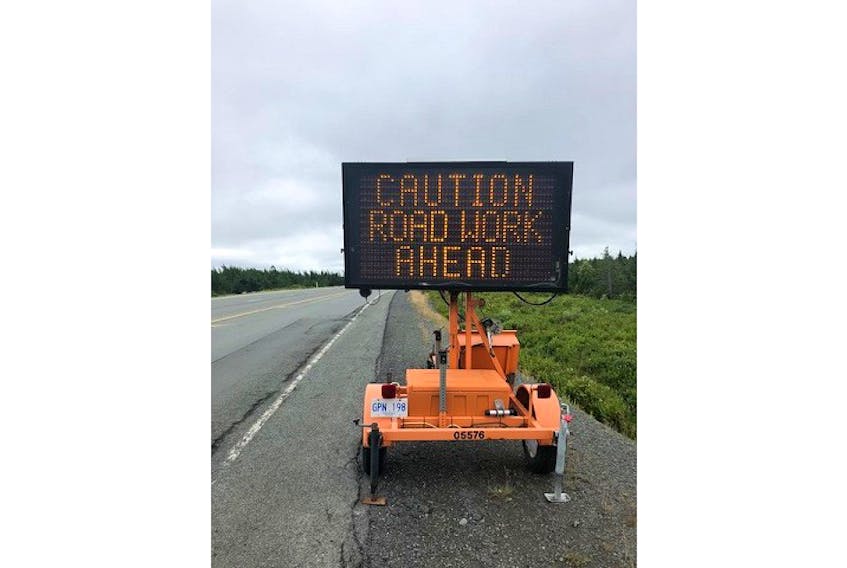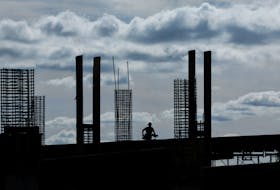ST. JOHN'S, N.L. — A pilot project testing camera technologies of vehicle speeds in construction zones has found that close to half of the vehicles monitored were travelling higher than the construction zone speed limit.
The pilot project was conducted during fall 2018 via three contracts with private companies to utilize camera-equipped monitoring technology at the sites of various highway construction activities. The equipment was set up to detect vehicles that were speeding, recognize vehicle licence plate numbers and record relevant information.
A provincial government news release states that close to 50 per cent of vehicles that passed through the testing zones were in violation of the construction zone speed limit. The cameras recorded an average speed of 73 kilometres per hour in 50 kilometre-per-hour zones. Some vehicles were recorded to be travelling in excess of 110 kilometres per hour.
With the pilot project completed, the Department of Transportation and Works will work with Service NL and the Department of Justice and Public Safety to determine how these technologies can be used for enforcement.
“This report confirms what we’ve been hearing from crews working on our roads. While we will continue our work to update provincial legislation to bring safety cameras into use, I encourage all motorists to please slow down, watch for crews and obey all signs.”
Transportation and Works Minister Steve Crocker
The project also determined that all three methods tested are viable options for monitoring safe driving practices in these zones. Radar and laser camera technologies from three contractors were selected for testing at a range of highway and roadside construction sites including: guiderail installation along the Trans-Canada Highway between St. John’s and Salmonier Line; asphalt repairs along Route 420 in the western region; ands afety upgrades along the Veteran’s Memorial Highway.
“We are glad to see that these technologies can work for us for deterring excessive speeds through highway construction sites,” said Steve Crocker, minister of Transportation and Works. “This report confirms what we’ve been hearing from crews working on our roads. While we will continue our work to update provincial legislation to bring safety cameras into use, I encourage all motorists to please slow down, watch for crews and obey all signs.”
Jim Organ, executive director, Heavy Civil Association of Newfoundland and Labrador, said his group is happy to see progress being made on construction zone safety initiatives.
“The presence of workers, often in close proximity to live traffic, presents a unique road safety challenge in work zones,” he said. “Industry believes that speed reduction initiatives such as camera technologies provide another tool to help deter excessive speed in construction zones.”
The report notes that the results showed that “some of the offending motorists were driving at speeds 40 km/h or more over the posted limit and that speeding occurs while workers are present on site.”
“Given the many reports received over the years from contractors and staff about such behaviour, these results are not necessarily surprising, but they are disappointing and signal that more work is needed to help correct these patterns,” the report further states.
The report notes that in some jurisdictions, technologies have been deployed to deter speeding by linking speed monitoring with automatic ticketing of offending motorists.
“Implementing a solution of this nature in Newfoundland and Labrador would involve a co-ordinated effort by the Department of Transportation and Works, ServiceNL and the Department of Justice and Public Safety which, collectively, are responsible for highway maintenance, safety and enforcement. In particular, a number of legislative, policy and program amendments would be required in order to enable this form of enforcement.”
Related story:
Contracts awarded for pilot project monitoring construction zone speeds









